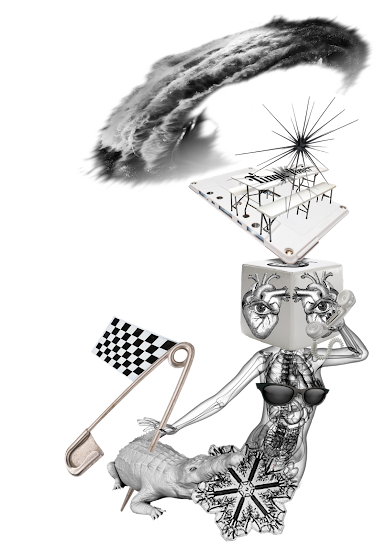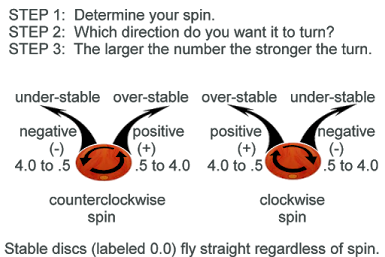 Chasing
Chasing is the opposite of repoussé, which is a metalworking technique in which a malleable metal is shaped by hammering from the reverse side. The two are used in conjunction to create a finished piece. While repoussé is used to work on the reverse of the metal to form a raised design on the front, chasing is used to refine the design on the front of the work by sinking the metal. The term chasing is derived from the noun "chase," which refers to a groove, furrow, channel or indentation.
Svelte is an adjective denoting something which is judged to be attractively or gracefully slim by the viewer; slender in figure, or lithe.
But what does all this have to do with films you ask?
Following the premise: as a small part goes, so goes the whole (used to infer—maybe, correctly—that if American banks crumble, so will our entire country) the current Climate of American Civilization And Society (CACAS) can be measured by examining a microcosm within the
CACAS and I am going to examine: film.
First, some back-story: hundreds of films are released every month. Most are 'direct to DVD' (this includes dozens of TV series, both old and new); a small few are wide-released (in thousands of theaters); some receive a limited-release (if they make money, they may later be wide-released). It is important to remember that all of these films employ hundreds-of-thousands (millions, world-wide) of people... from the lowly, ticket-taker at the single-screen, second-run, downtown, art-theater, to the mega-millionaire-family of Pitt-Jolie. Yes. We... who know films, and love them, and know the films-we-love, tend NOT to focus on business and only discuss the art, story, acting, and that ever-elusive
quality, which makes
good film different from
bad movies.
The makers of movie-money are 'chasing svelte' by tooling the final product (in most cases: a ninety-minute one) until they have about a ninety-second slim, attractive, excerpt. This small preview, commonly referred to as a 'trailer' even though they have not followed the feature presentations for 50+ years, is more important than the film to money makers.
In many cases the DVD will make more money, for the producers, studios, and film-makers, than the theatrical release; where distributors, theater franchises, and concession-providers profit most. The trailer needs to fool people into buying tickets and
also sell, or rent, the DVD (and let us not forget the video game).
Over the past years I have seen thousands of trailers, and got sucked in by them, causing me to rent—as well as actually pay to sit in theaters and watch—
many dozens of terrible movies. My 'good-trailer-terrible-movie' radar is only a 4.9 version and needs an upgrade.
But, thankfully, and most importantly, I saw some incredibly
fantastic films. Here are my top twelve (for the period 2005 to 2008) in alphabetical order.
If you have not seen one or more of these, then, see them TODAY... or this weekend (and STOP watching the news . . . ).
 11:14
11:14 is a 'who/why dunnit?' suspense-film that keeps you guessing and engaged. If you are one of those people who dislikes the gimmick of showing the same few minutes of
real time over and over again, just realize this is not some shit like: 'Vantage Point' (one of the many 'good-trailer-bad-movies', I fell victim to).
 Across the Universe
Across the Universe may be the best musical ever put on film. One prerequisite: you
need to be familiar with, and not-dislike, Beatle's songs (Note: not-disliking is different than liking, in this case). The songs weave into the plot, small snippits of Beatle-lyrics jump out of the dialogue, and the whole thing is capped off by some great cameos by Salma Hayek, Eddie Izzard, Bono, and Joe Cocker.
 an inconvenient truth
an inconvenient truth, a documentary by Al Gore, is the only documentary that made it to this list (and I watch quite a few). If you want to learn some of the specific reasons scientists know the earth is warming because of things we've done and are doing, watch. If you already know everything because FOX news tells you about all the things the bible leaves out, don't watch.
 Brick
Brick is the most unusual mix of 'young love' meets 'Sam Spade'. Joseph Gordon-Levitt can almost do no wrong in my book (and his character, here, is no exception). The dialogue requires your complete attention; not a film to watch while anything else could distract you (a friend told me it helped when she watched it with subtitles because of the constant, fast-original, slang).
 Cashback
Cashback is about a sketch/painter-artist (so I may be biased to include it here). It also contains dry 'British' humor and pretty naked women (two other things, which may cause me to give it preferential treatment). It has a subplot that centers around a science-fictionesque ability of the main character . . . and an SF trailer can suck me in better than most. So—with all that aside—how can this be a great film? It just is.
 Children of Men
Children of Men is Clive Owen at his absolute best. If there is a better representation of the 'ever-weary-reluctant hero' character I have not seen it. This strong futuristic-SF/road film should be at the top of your to-see list (or your to-see again list if you've watched all of these).
 Hard Candy
Hard Candy, a small-budget revenge-film that doesn't get off-message and delivers in a chilling, thrilling way, shows that Ellen Page (Juno) has always been able to pick a great role (and was always able to nail her performance).
 No Country For Old Men
No Country For Old Men is the best drama on the list. If you haven't already seen this film you must not be a film-watcher; maybe you don't watch films recommended by others, or shun films that have won awards. If so . . .there are some funny things over on U-Tube, whyn't you go check 'em out? Right now. Yea, now.
 Old Boy
Old Boy will shock and enthrall those who don't mind subtitles (it's Korean). It was released in '05, but I didn't see it until '07. If you do any research on it, you'll have the plot-twist(s) spoiled and then it won't be a mystery, will it? Not for squeamish viewers. Strangely, this is the only subtitled film that made this list of must-see's. Since my taste runs heavily foreign (maybe as much as 30%) I'm surprised only one made my list. (I do not recommend the re-make.)
 Shortbus
Shortbus is the best quasi-porn-esque film I've ever seen. John Cameron Mitchell (Hedwig and the Angry Inch) wrote and directed this sex-story, included funny dialogue, a real plot, found good-to-OK actors and actresses, and actually got it distributed (limited release) in theaters. If you have always hated porn films (except the parts between the fast-forward's) this is for you. If you are homophobic, religious, or in any way put-off by sexual acts and conversation, this is not for you.
 Southland Tales
Southland Tales, one film I've, now, put on my see-again list. Mostly, because I'm certain I'd get more out of the second viewing. An SF-mystery-thriller that is confusing and a half-dark funny; it's the one you'll love or hate, understand or quit watching (with a "WTF did I just see?"). If you have to pee or if you are hungry when you watch this, you will lose the spider-silk-thread of plot. Requires 10 times more concentration than Children of Men.
 Wristcutters, a love story
Wristcutters, a love story contains a funny, one-of-a-kind plot about what the ever-after holds for suicides. This film was almost beat-out by 'Wall-E'; but because it made me laugh-out-loud, contained some sharp dialogue, and actually made me think... it stuck in my head more than the animated, cute, SF film.
.






















































































